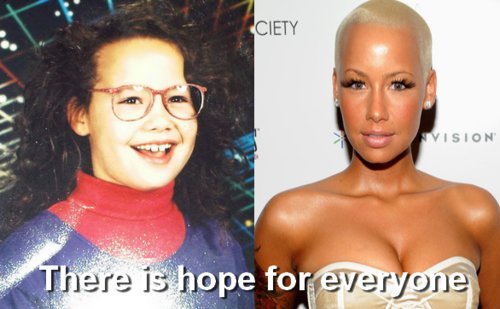TALLAHASSEE --Since the state began testing welfare applicants for drugs in July, about 2 percent have tested positive, preliminary data shows.
Ninety-six percent proved to be drug free -- leaving the state on the hook to reimburse the cost of their tests.
The initiative may save the state a few dollars anyway, bearing out one of Gov. Rick Scott's arguments for implementing it. But the low test fail-rate undercuts another of his arguments: that people on welfare are more likely to use drugs.
At Scott's urging, the Legislature implemented the new requirement earlier this year that applicants for temporary cash assistance pass a drug test before collecting any benefits.
The law, which took effect July 1, requires applicants to pay for their own drug tests. Those who test drug-free are reimbursed by the state, and those who fail cannot receive benefits for a year.
Having begun the drug testing in mid-July, the state Department of Children and Families is still tabulating the results. But at least 1,000 welfare applicants took the drug tests through mid-August, according to the department, which expects at least 1,500 applicants to take the tests monthly.
So far, they say, about 2 percent of applicants are failing the test; another 2 percent are not completing the application process, for reasons unspecified.
Cost of the tests averages about $30. Assuming that 1,000 to 1,500 applicants take the test every month, the state will owe about $28,800-$43,200 monthly in reimbursements to those who test drug-free.
That compares with roughly $32,200-$48,200 the state may save on one month's worth of rejected applicants.
The savings assume that 20 to 30 people -- 2 percent of 1,000 to 1,500 tested -- fail the drug test every month. On average, a welfare recipient costs the state $134 in monthly benefits, which the rejected applicants won't get, saving the state $2,680-$3,350 per month.
But since one failed test disqualifies an applicant for a full year's worth of benefits, the state could save $32,200-$48,200 annually on the applicants rejected in a single month.
Net savings to the state -- $3,400 to $8,200 annually on one month's worth of rejected applicants. Over 12 months, the money saved on all rejected applicants would add up to $40,800-$98,400 for the cash assistance program that state analysts have predicted will cost $178 million this fiscal year.
Actual savings will vary, however, since not all of the applicants denied benefits might have actually collected them for the full year. Under certain circumstances, applicants who failed their drug test can reapply for benefits after six months.
The as-yet uncalculated cost of staff hours and other resources that DCF has had to spend on implementing the program may wipe out most or all of the apparent savings, said Derek Newton, spokesman for the American Civil Liberties Union of Florida. The program will grow costlier yet, he said, if it draws a legal challenge.
The ACLU has been threatening for months that it may challenge the constitutionality of the program; Tuesday, Newton said his group is still weighing a lawsuit.
DCF spokesman Joe Follick said that families and accountability are the main focuses of the program.
"The taxpayers deserve to know that the money they are spending is being used for its intended purpose," he said. "In this case, with [temporary cash assistance], the purpose is to help families become independent and self-sufficient. If a family receiving [cash assistance] includes someone who has a substance abuse problem, the odds of that money being used for purposes other than helping that family increases."
More than once, Scott has said publicly that people on welfare use drugs at a higher rate than the general population. The 2 percent test fail rate seen by DCF, however, does not bear that out.
According to the 2009 National Survey on Drug Use and Health, performed by the U.S. Substance Abuse and Mental Health Services, 8.7 percent of the population nationally over age 12 uses illicit drugs. The rate was 6.3 percent for those ages 26 and up.
A 2008 study by the Office of National Drug Control Policy also showed that 8.13 percent of Floridians age 12 and up use illegal drugs.
Newton said that's proof the drug-testing program is based on a stereotype, not hard facts.
"This is just punishing people for being poor, which is one of our main points," he said. "We're not testing the population at-large that receives government money; we're not testing people on scholarships, or state contractors. So why these people? It's obvious-- because they're poor."
Scott's office did not respond to a request for comment.







